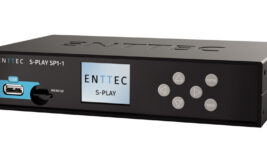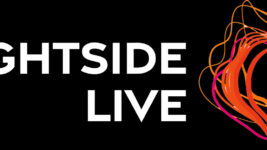ROAD TEST
23 Jun 2025
Martin MAC Viper XIP
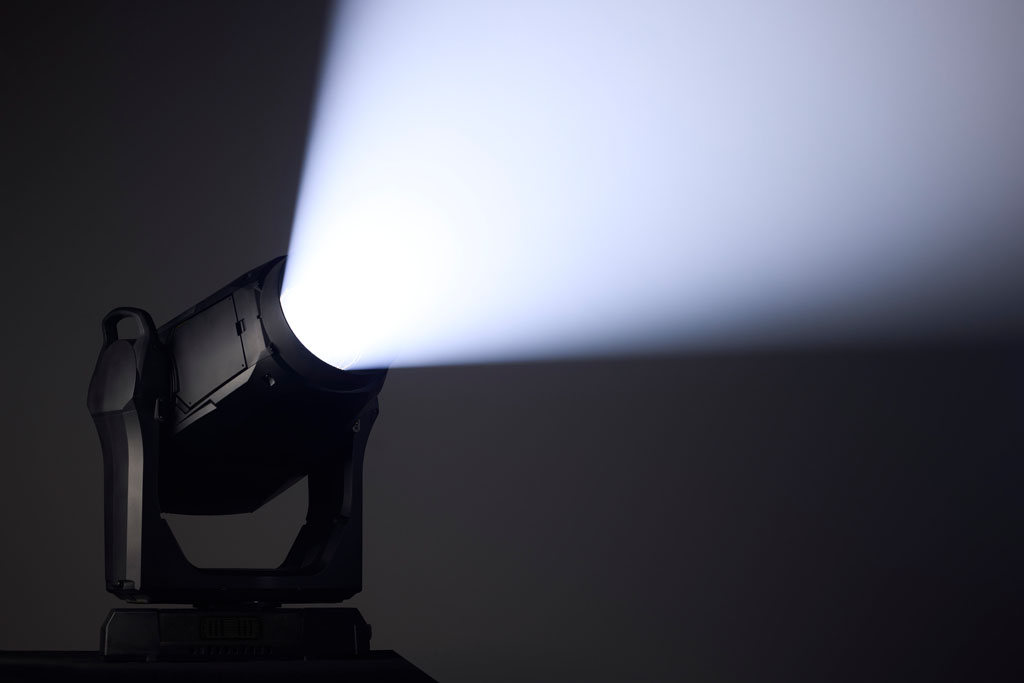
Subscribe to CX E-News
At last, we have the update to the Martin MAC Viper, the Martin MAC Viper XIP. It’s the long-awaited successor to the Martin MAC Viper family, which was for a long time the industry standard for large high end moving head all-in-one performers. This is a true workhorse.
The Martin MAC Viper XIP comes from Martin as they look to reinvent their model offerings, which are based on previous top-selling releases. We have recently seen the MAC One replace the MAC 101, as well as the Aura XIP and Aura PXL replace the Aura XB. It is proving to be a very successful formula for Martin.
There would have been a lot of pressure on the development team to get this one right. Although the previous model was the industry standard for many years, there was much more involved than just putting in an LED engine. Moving light technology and taste has come a long way since 2014.
The most notable upgrades on the surface are that it has an LED engine, a more modern design, and it’s IP rated. Dig a little deeper though, and you will find much more.
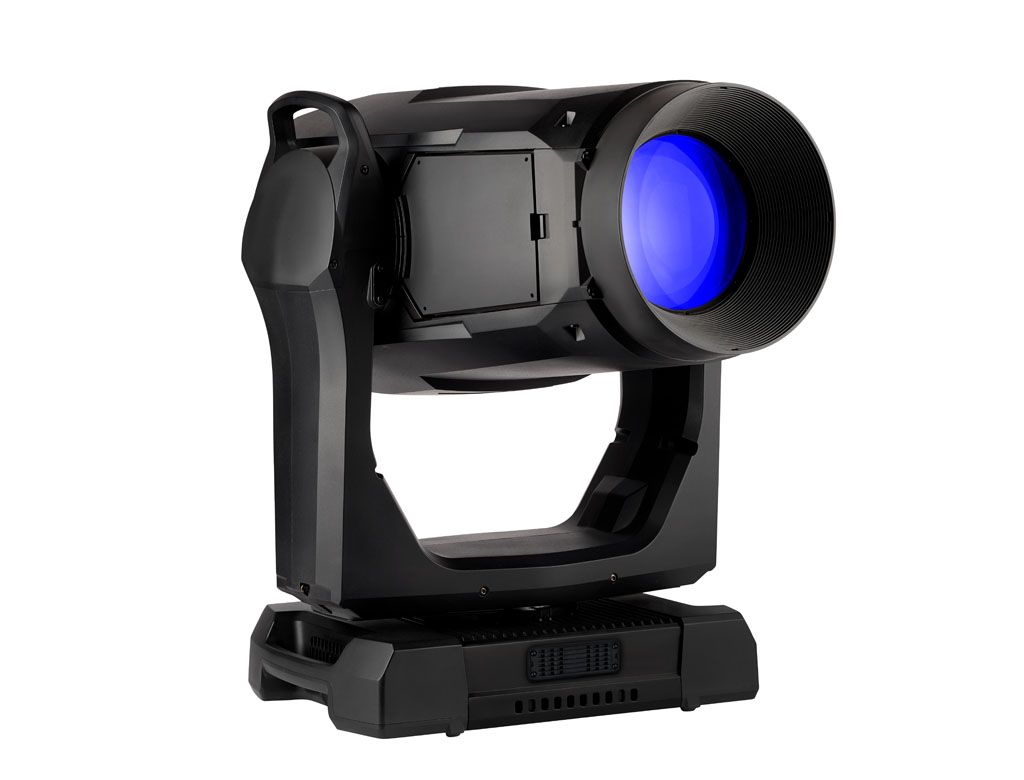
Construction
The MAC Viper XIP is IP54 rated, like most of the other newer offerings from Martin. At 37kg, it’s a two person lift. The MAC Viper XIP is of a very similar size to the original MAC Viper. The move to keep it the same size as the original makes it really easy to dust off an old lighting plan and just spec the newer model.
It works well with a production company or a venue who can do a straight swap to the newer fixture. Very smart move, considering they could have made it much bigger or much smaller if they really wanted to.
Martin have built a reputation for making moving lights that are easy to repair and service. Typically, the modules are easy to remove for cleaning or replacement, the wiring makes sense, and there are not an excessive amount of screws in awkward locations. Martin claim that the MAC Viper XIP is very user friendly when it comes to tech and repairs.
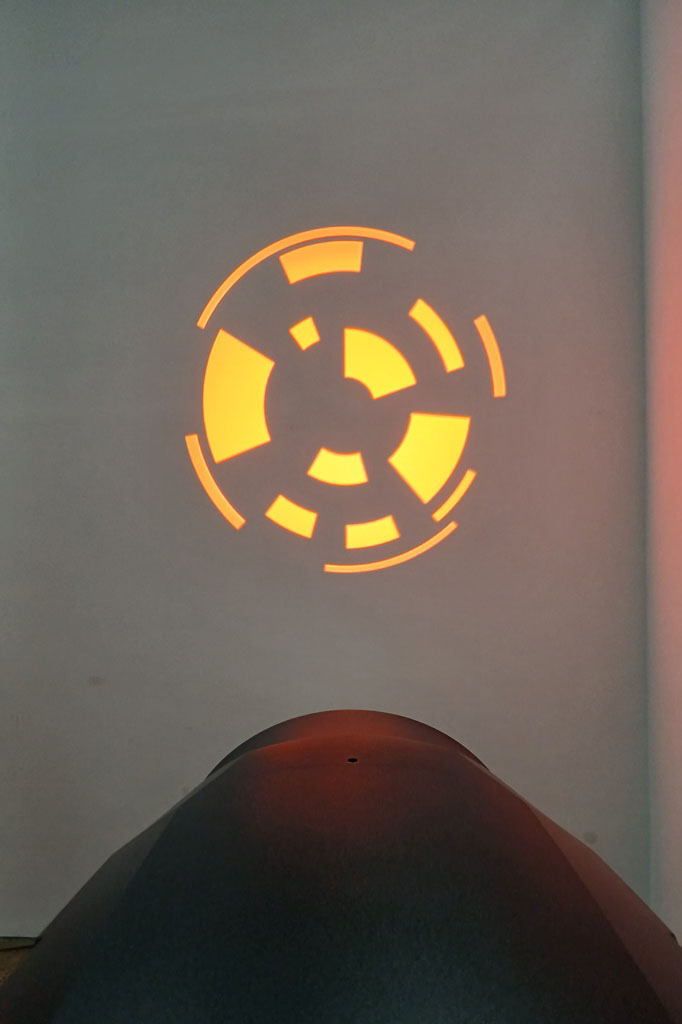
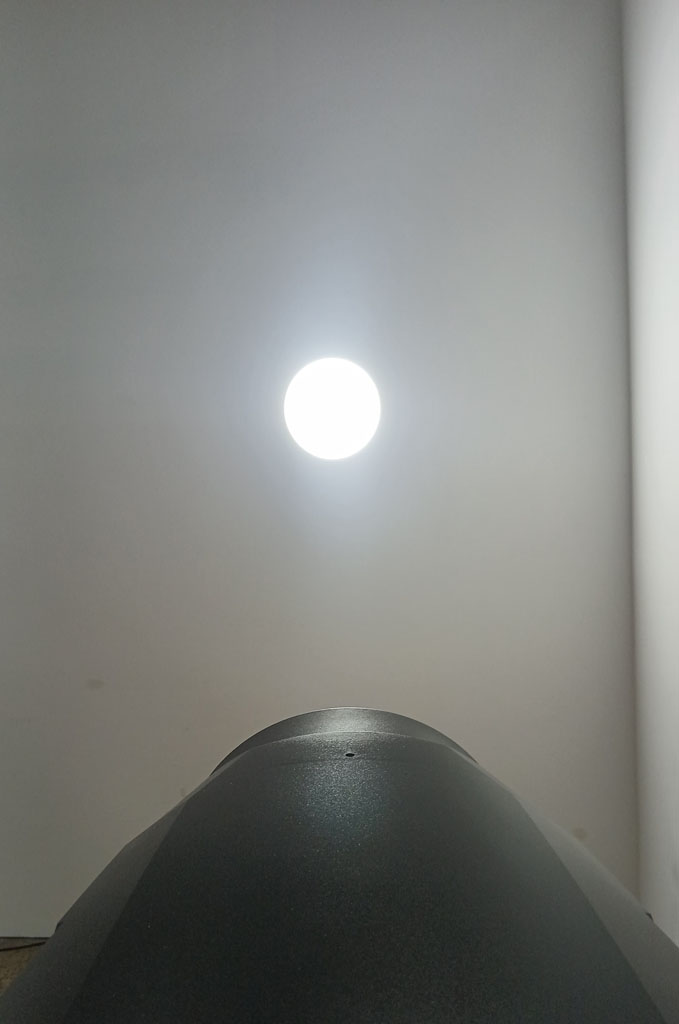
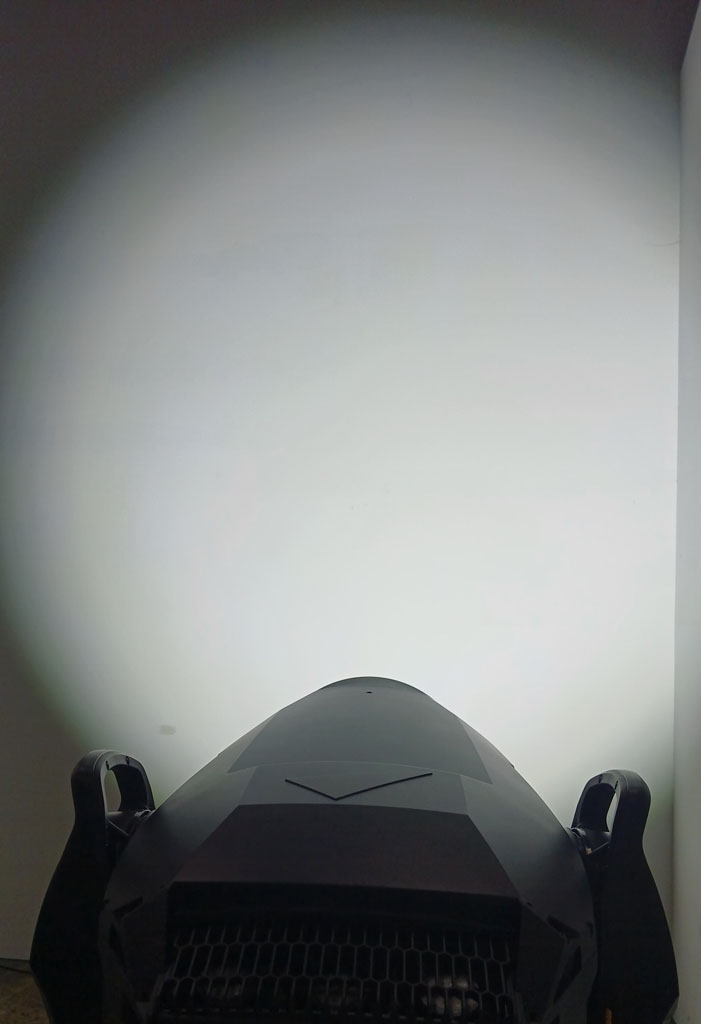
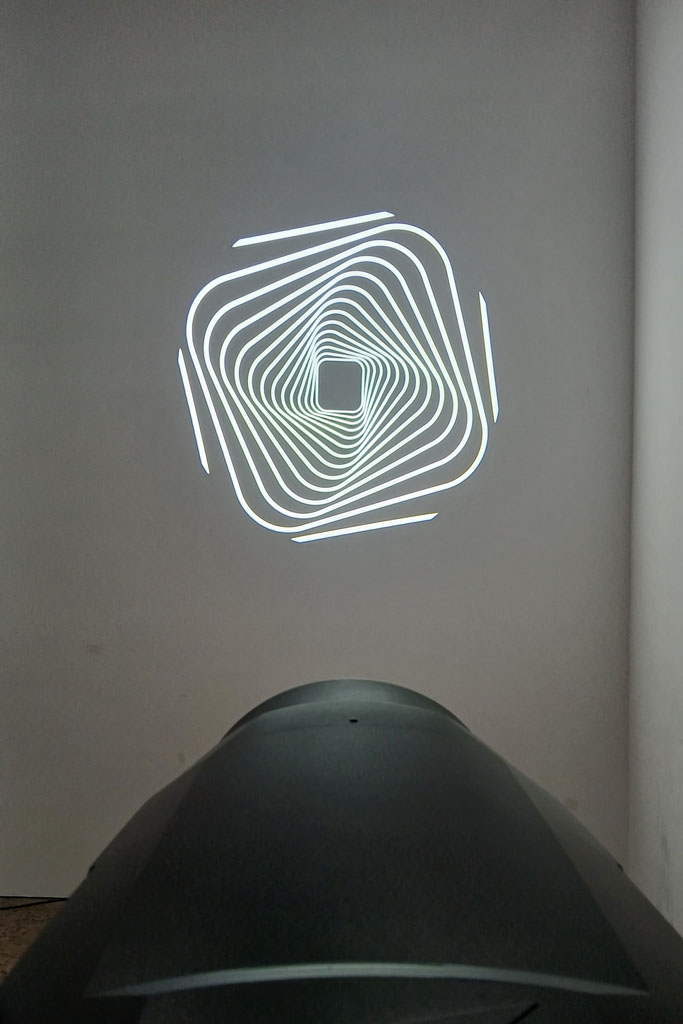
Optics, Colour and Brightness
It has a 760W LED engine outputting an impressive 28,000 lumens. The light engine featured in the Martin Viper XIP is a proprietary system focussed on giving uniform lumen output across the entire zoom range.
The zoom range is very impressive; 1:9 zoom ratio (5.7° – 51° zoom range). It projects really well. When zoomed out it gives a smooth, even wash. It has a 150mm frontal lens which helps it throw a healthy, strong beam.
Intensity also increases when you drop a gobo in. Typically, we see light intensity decrease in other lights. Martin have called it ‘light recycling’, enabling 25% additional output when inserting gobos. In a nutshell, the idea is that the coating on the LEDs are made of a more reflective material, allowing more light to pass through, even after it has bounced off the back of the gobo.
The MAC Viper XIP has CMY subtractive colour mixing, the same as the Viper before it. It projects a good range of saturated colours. On the back of the colour recycling with the gobos and the adaption to maintain intensity across the zoom range, it would have been interesting to test the output levels at different colours.
It draws 1040W of power, meaning you could get two to a 10 amp circuit. To me, it seems thirsty for an LED fixture. Consider too that the old Viper Profile drew 1225W of power and it was driven by a discharge lamp.
It features a warmer than usual 5,800K native colour temperature. The white point is on the black body curve without any green or magenta shift which gives a much truer open white.

Applications and Features
It features two rotating gobo wheels which include seven interchangeable gobos + open, gobo animation wheel, indexing, and continuous rotation with variable angle. It also has framing, two frosts and a four-facet prism. It has variable colour temperature control ranging from 2,000K all the way up to 12,850K as well as green magenta shift control.
The details have been well-handled and the subtle tweaks speak volumes to what has gone into this light. It features a bunch of pre-programmed effects which is definitely handy and can significantly cut down on programming time. It can be video mapped too.
It features the most robust and refined feature set that Martin have ever produced. While infinite pan and tilt would have been nice, 540° pan and 268° tilt is still very solid.
The MAC Viper XIP is a quiet light for its size, but can be made even quieter still by being run in quiet mode. The trade off for this, though, is light output. With that in mind, just about any space or application that is concerned about fan noise from a light most likely does not need to use all 28,000 lumens the MAC Viper XIP has on tap.
In some of the newer Martin fixtures, they have a DMX mode that emulates the model which it supersedes. It would have been nice to have this with the MAC Viper though I do acknowledge that It would have been tricky because of things such as gobo options.
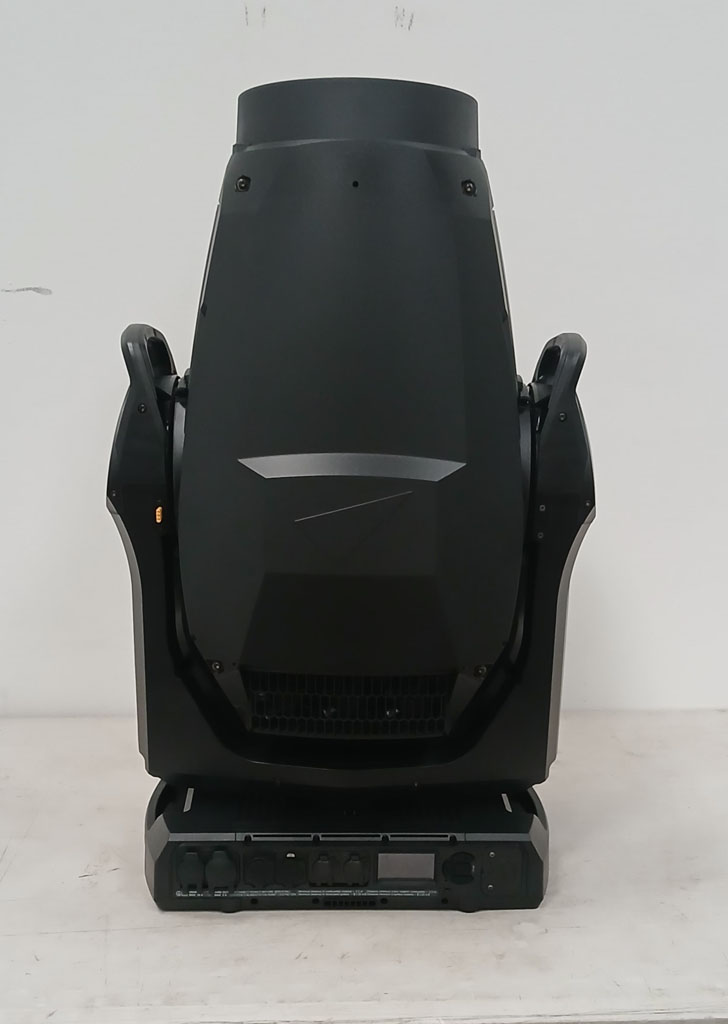

Control and Programming
The Viper XIP has a relatively small DMX footprint for a light with such a large feature set. There are three DMX modes, Basic (54 channels), Extended (64 channels), and Ludicrous Mode (70 channels). Some of the newer, smaller Martin fixtures have modes which take hundreds of DMX channels. Like just about every single high end moving light, it can be controlled via 5-pin DMX and Ethernet.
The 16-bit controllable parameters include: dimming, colour mixing, colour temperature, gobo rotation, framing, iris, prism rotation, animation wheel rotation, zoom, focus, pan and tilt. As you go through and muck around with the parameters you start to see what really sets this light apart from its competition. There is a level of refinement and smoothness you get when you rotate the gobo or iris in and out. Shine the light onto a wall, use the shutter and the focus to shape the beam to match a door, save the preset and then recall it. It lands on a dime each time. It’s very impressive.
The pan and tilt motors have been designed with remote followspot systems in mind. The MAC Viper XIP integrates well with most common automated followspot systems.
The MAC Viper XIP uses NFC technology for quick setup via the dedicated Martin app (still in development at this stage). It is also compatible with the most popular control protocols, including DMX, Wireless DMX via plug in module, Art-Net, sACN and Martin P3.
NFC stands for Near Field Communication. It allows electronic devices to talk to each other at close range. One of the most common examples of NFC that we would use on a regular basis would be the ‘tap and go’ feature on credit cards. Smart watches and smart phones have this feature too.
Verdict
This is not a cheap light – but you get what you pay for.
The hero of the MAC Viper XIP is its overall level of quality and refinement; it’s how smoothly the shutter blades move, how refined the focus is, how seamless the colour transitions are, and how precisely it can recall its presets.
These may not be obvious to the average punter, but those that know lights will appreciate the years of research and development that has gone into the MAC Viper XIP. It figures to be top of its class for many years to come.
Product Info: MAC Viper XIP
Distributor Australia and New Zealand: www.showtech.com.au
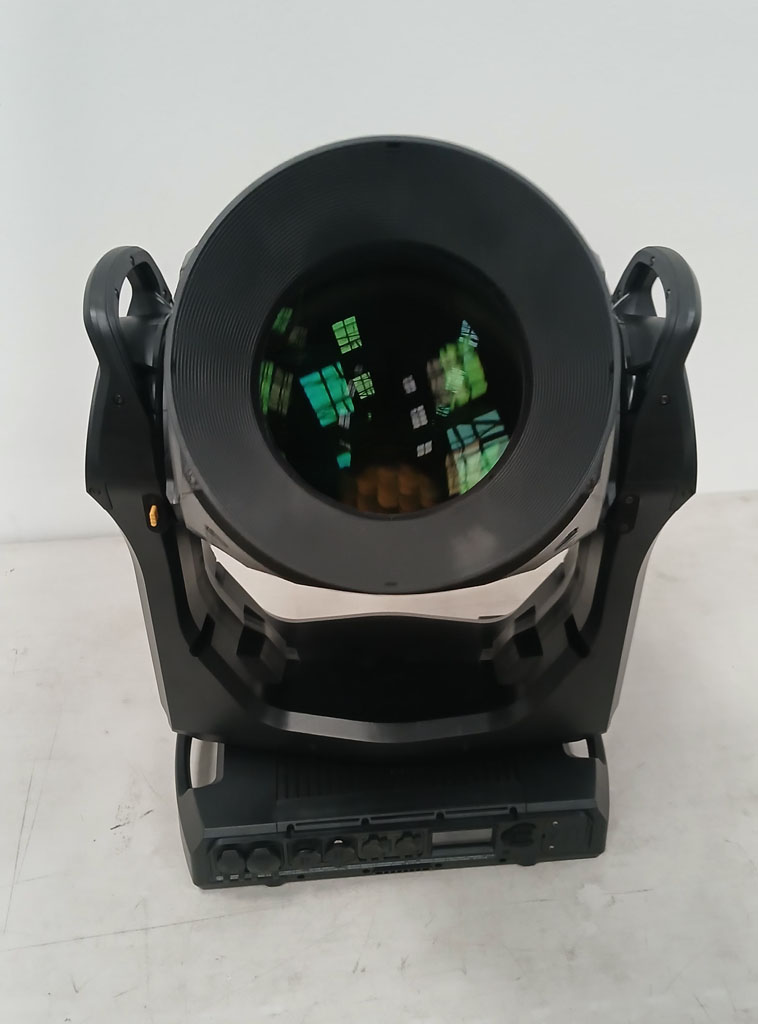
Comparison of the size and brightness of the MAC Viper XIP vs MAC Viper Profile
| MAC Viper XIP: | MAC Viper Profile: |
| 28,000 Lumens | 26,000 Lumens |
| 9:1 zoom ratio | 1:4 zoom ratio |
| Length: 594 mm | Length: 566 mm |
| Height: 776 mm | Height: 748 mm |
| Width: 479 mm | Width: 472 mm |
| Weight: 37.0 kg | Weight: 37.2 kg |
The Specs
- 760W proprietary LED light engine 55 x 20W white LEDs
- Light engine luminous output: 56,000 lumens
- Fixture luminous output: 28,000 lumens Peak luminous intensity: 2.4 Mcd
- CCT: 5800K (+/- 250K)
- 150mm front Lens
- 1:9 zoom range (5.7° – 51° field angle) High resolution projection system
- 0 – 100% continuous dimming and strobe effects
- Choice of four dimming curves CMY colour mixing
- Colour temperature control (5,800 – 2,850K)
- Colour wheel with 5 x dichroic filters, including Spectral Enhancement Filter
- Rotating gobo wheel 1 includes 7 interchangeable gobos + open
- Rotating gobo wheel 2 includes 7 interchangeable gobos + open
- Gobo animation wheel, indexing, continuous rotation with variable angle
- 2 x Frost (fade in), light anfd heavy 4-facet prism
- Iris Zoom
- Focus with auto tracking
- Extended framing module with individual +/- 30° across entire beam and +/- 83° rotation
- Pan: 540°, Tilt: 268°
- P3 videomapping of fixture colour and/or intensity (6 segments)
- Pre-programmed effects:
- Two ranges of pre-programmed FX
- Green Magenta shift control
- Virtual CTC control (2,000 – 12,850K)
Subscribe
Published monthly since 1991, our famous AV industry magazine is free for download or pay for print. Subscribers also receive CX News, our free weekly email with the latest industry news and jobs.



